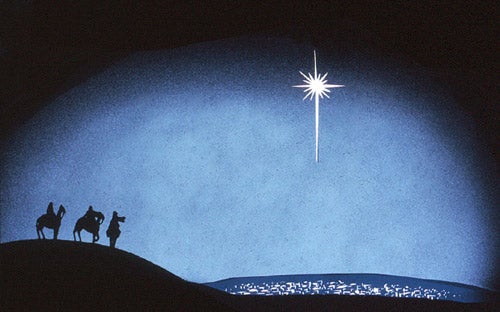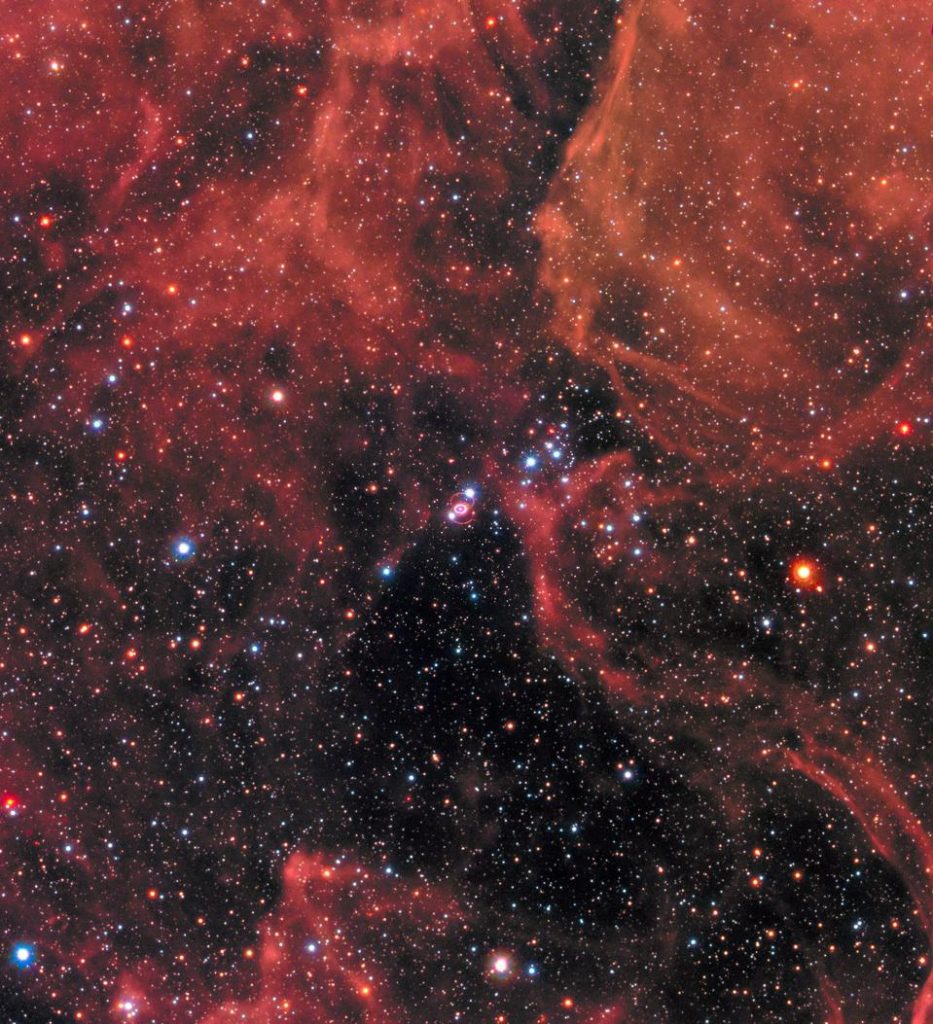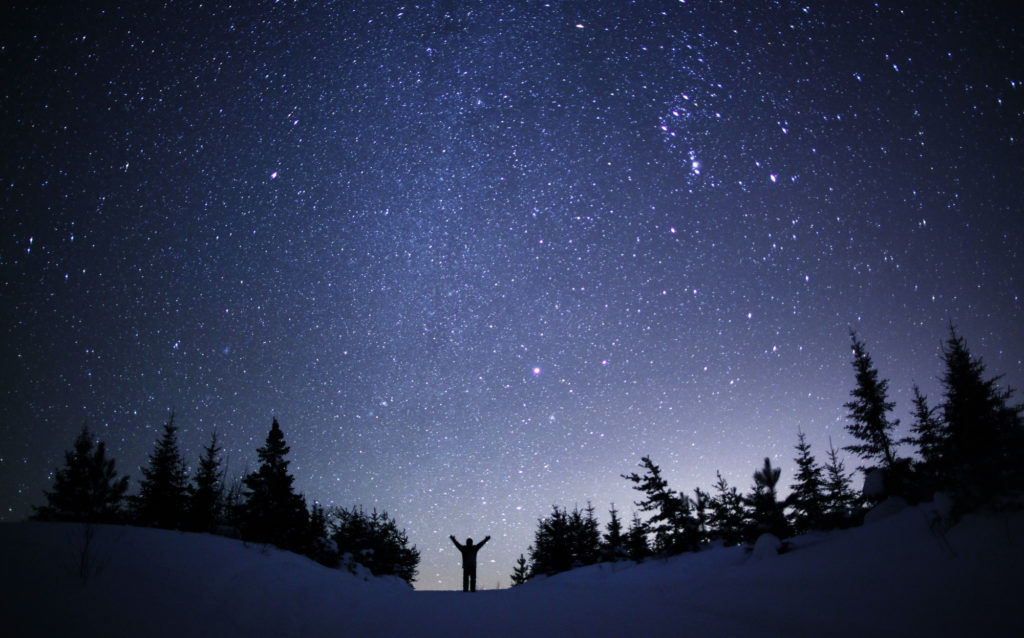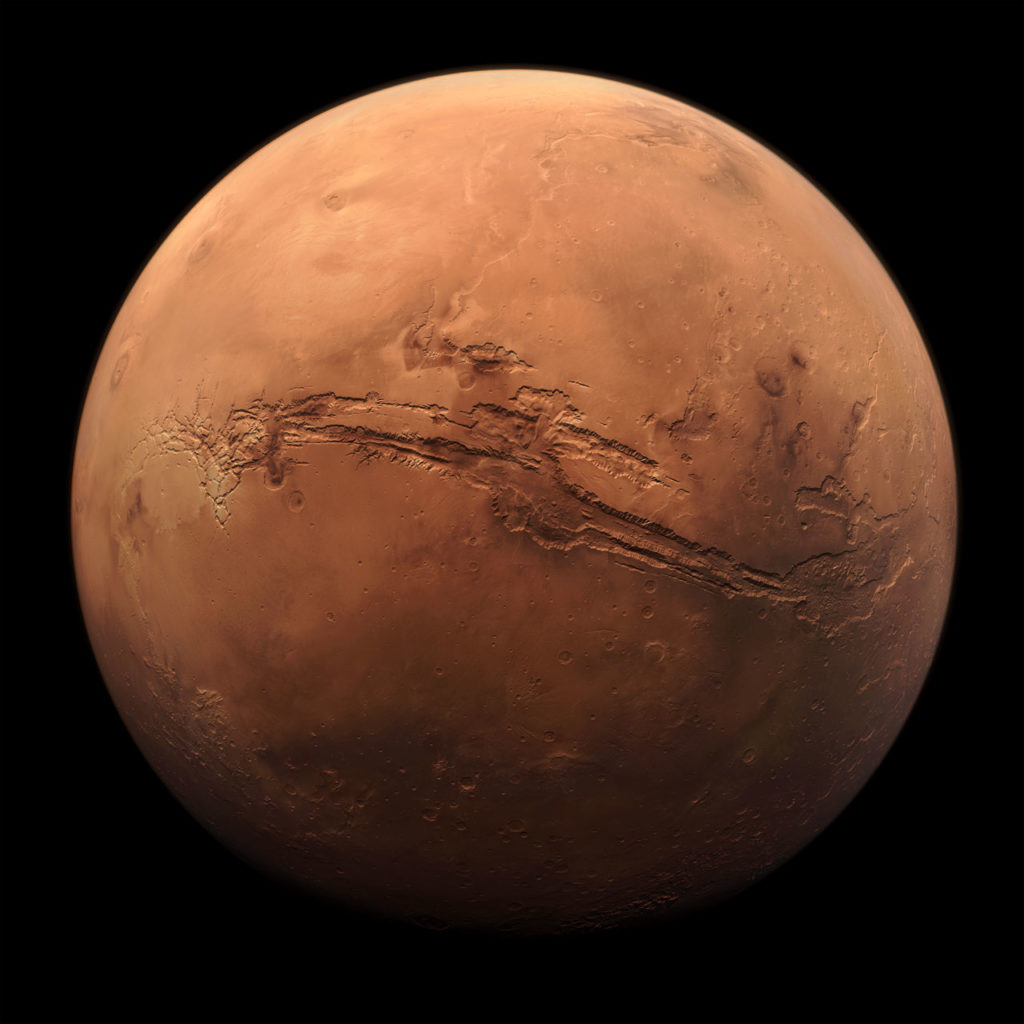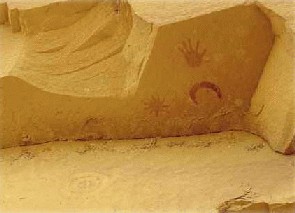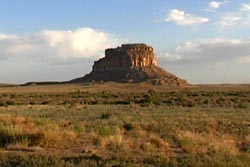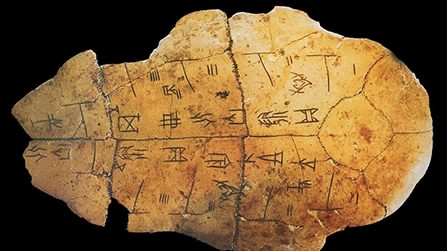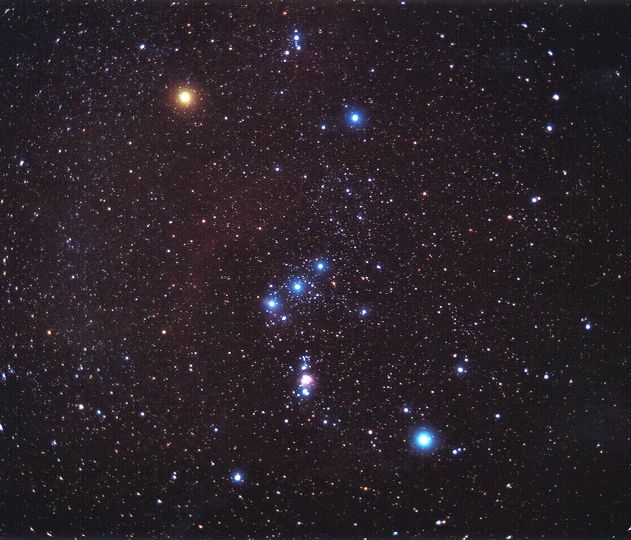Bright stars top Christmas trees in homes around much of the world. The Star of Bethlehem or Christmas Star has appeared in art, literature, and science for over 2,000 years, but where is it and how can you see it?
The Star of Bethlehem is part of the nativity story in the Gospel of Matthew. Three “wise men from the East” (Magi) are inspired to follow the star to Bethlehem to bring gifts to the baby Jesus. The star moved across the sky, then stopped over a manger marking the location for the birth of Jesus. This is the only mention of the Star of Bethlehem in the Bible.
There is some controversy regarding the astronomical event described by Matthew. Many Christians believe the star was a miracle that fulfilled a prophecy. Astronomers have made several attempts to link the star to unusual celestial events, such as a conjunction of Jupiter and Venus, a comet, or a supernova.
On December 10, 11, and 12 2021 Notre Dame professor of physics, Grant Matthews, will offer free public lectures on “What and when was the Christmas Star?” Matthews believes an extremely rare planetary alignment of the sun, the moon and Jupiter occurred in the constellation of Aires in 6 B.C. and would have been seen by the Magi.
Stars don’t move across the sky, then hover over a building, however what other astronomical event might have been interpreted as a miracle? Meteors streak across the sky and sometimes explode in a bright light, but they only last for seconds, so could not have led wise men across the desert.
As we learned in a previous Name a Star post, the Chinese recorded night sky events around the time of the birth of Jesus. One such event was a supernova visible in the sky for 2 months. It was in the constellation Capricornus, which is in the wrong section of the sky to lead the wise men to Bethlehem.
The Chinese also recorded comets at the right time in history. Florentine painter Giotto di Bondone combined art and science in the painting Adoration of the Magi, where the Star of Bethlehem is depicted as a comet. Giotto observed Halley’s comet in 1301.
Science has not explained the Star of Bethlehem with certainty. For now the mystery of the Christmas Star will remain in the realm of faith. But although there may be no agreement on the nature of the star or even its actual sighting two millennia ago, all sides can agree on the message the Christmas Star heralded: “… on earth peace, good will toward men.” (Luke 2:14).

